SOURCE: RAUNAK KUNDE / NEWS BEAT / IDRW.ORG
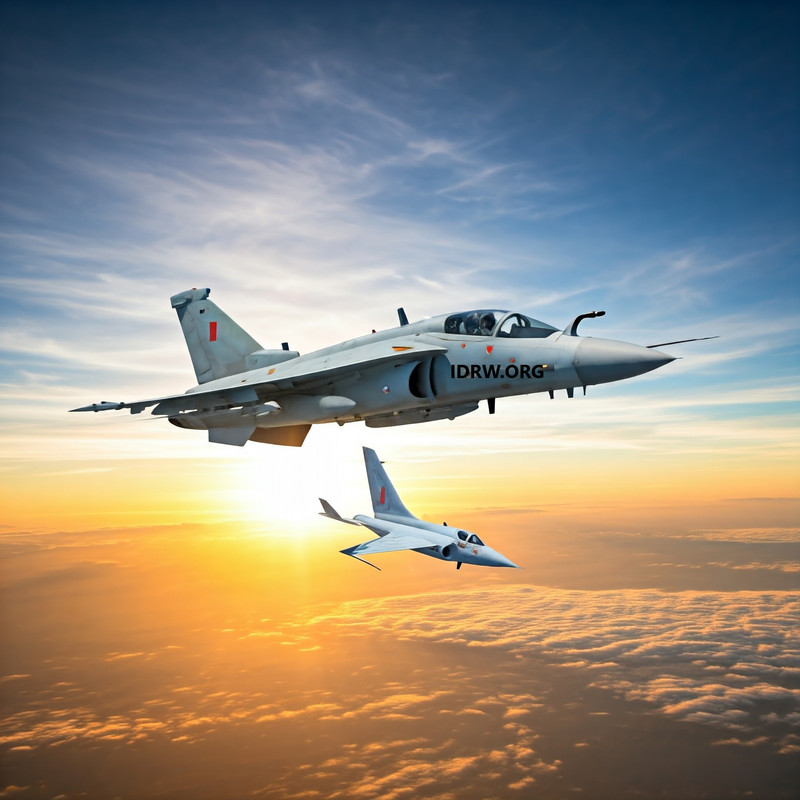
The Defence Research and Development Organisation (DRDO) continues its efforts to convince the Indian Navy to acquire Naval LCA (Light Combat Aircraft) platforms. In September 2024, the DRDO chief reiterated the organization’s push for an order of 8-10 Naval LCA aircraft, initially intended for pilot training.
However, the Indian Navy reportedly has broader ambitions for the Naval LCA, envisioning roles beyond pilot training for its aircraft carrier operations. This aligns with the Aeronautical Development Agency’s (ADA) plans to showcase the Naval LCA’s potential for Manned-Unmanned Teaming (MUM-T).
Continue readingSOURCE: RAUNAK KUNDE / NEWS BEAT / IDRW.ORG

Adani Defence and Bombardier Defence are reportedly in discussions to offer Global series jets to the Indian Air Force (IAF) for its upcoming Intelligence, Surveillance, and Reconnaissance (ISR), Airborne Early Warning (AEW), and Electronic Warfare (EW) programs.
The IAF is currently seeking an ISTAR (Intelligence, Surveillance, Targeting and Reconnaissance) platform for battlefield and ground surveillance operations. The Centre for Airborne Systems (CABS) of DRDO is leading the development of this platform, with reports suggesting it will be based on the Bombardier Global Express business jet platform.
Continue readingSOURCE: AFI

India’s fighter aircraft fleet is currently facing a serious crisis, with the total number of operational fighter jets in the Indian Air Force (IAF) dipping below the levels seen during the 1965 war with Pakistan. This significant shortfall, exacerbated by ageing aircraft and delays in procurement, poses a direct threat to India’s national security, especially in the face of growing challenges from China and Pakistan.
The IAF’s sanctioned strength is supposed to be 42 squadrons, each with about 18-20 aircraft, but the number has dwindled to around 30 squadrons, and this figure could decline further if immediate action is not taken.
Continue readingSOURCE: AFI

In a recent discussion on The Gaurav Arya Podcast, Air Marshal Anil Khosla, former Vice Chief of Air Staff (VCAS) of the Indian Air Force (IAF), addressed the longstanding goal of maintaining a 42-squadron strength for the IAF. This target, established in the aftermath of the Indo-China war, was based on the threat perceptions and military technology of the time. Khosla argued that the situation has changed significantly, both in terms of the aircraft capabilities and the broader security environment that India now faces. However, Khosla emphasized that while the technology has advanced, India’s current squadron strength remains inadequate to meet its security needs.
The requirement for 42 combat squadrons was initially drawn up in the 1980s. This goal was established to ensure that the IAF could fight a two-front war with Pakistan and China simultaneously. At that time, India’s defense planners anticipated that such a conflict would require a vast number of aircraft due to the relatively limited capabilities of the planes then in service.
Continue readingSOURCE: AFI

Tata Elxsi, a leader in engineering and design services, has successfully developed a Rotor Proximity Warning System using LIDAR sensors for the Sikorsky UH-60 Black Hawk helicopter. This advanced system, aimed at enhancing operational safety, is now in production, with deliveries already commenced. The new technology significantly improves situational awareness for helicopter pilots by providing real-time proximity data to prevent potential rotor blade strikes, a critical risk during low-altitude flight and confined-space operations.
The Rotor Proximity Warning System is a state-of-the-art solution designed to detect obstacles in the immediate vicinity of the helicopter’s rotors using LIDAR sensors. It features an advanced hardware configuration designed to handle multiple data streams and process them in real time to ensure accurate and rapid detection.
Continue readingSOURCE: AFI
Munitions India Limited (MIL), a leading Indian defense company, has made a strong impression at the Future Forces Exhibition and Forum 2024 in the Czech Republic. The Indian pavilion, officially inaugurated by Shri Raveesh Kumar, India’s ambassador to the Czech Republic, showcased MIL’s cutting-edge defense technology and solutions.
The event, a premier platform for defense and security innovations, attracted a distinguished visitor: the President of the Czech Republic, Mr. Petr Pavel. His visit to the Indian pavilion underscored the recognition and appreciation for India’s advancements in the defense industry.
Continue readingSOURCE: IDRW.ORG.
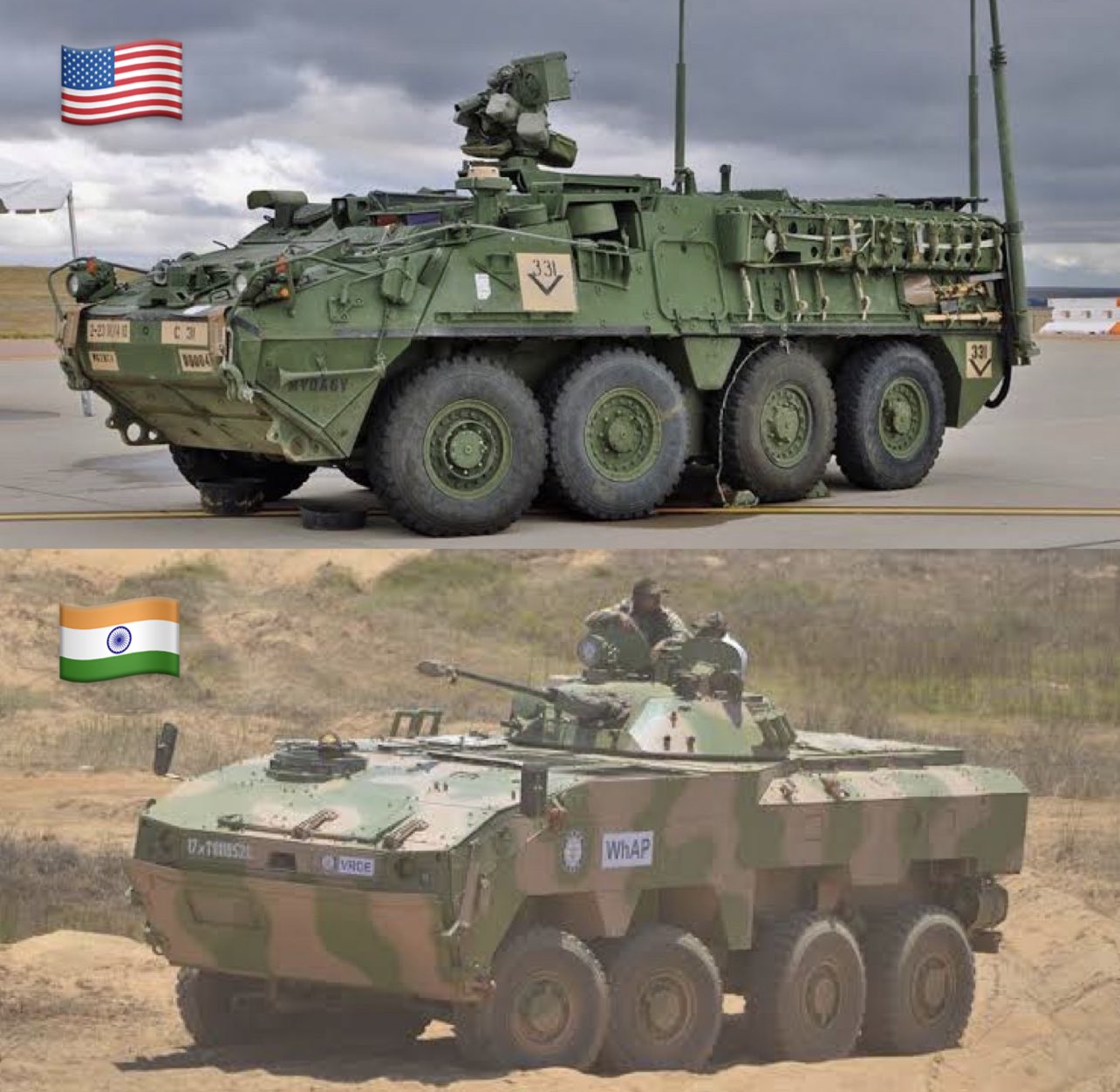
Amid deteriorating diplomatic relations between India and Canada, industrial partners involved in India’s Wheeled Armoured Platform (WhAP) program are urging the Ministry of Defence (MoD) to reconsider its plans to procure Stryker armoured vehicles from Canada. The indigenous WhAP program, a joint initiative between DRDO and Tata Advanced Systems, offers a competitive alternative and has gained international traction, including potential orders from Morocco.
WhAP’s partners like Tata, Mahindra, and Kalyani are developing their own variants of the vehicle, making it a viable and homegrown substitute. With diplomatic tensions rising, defense experts in India are also advocating for India to withdraw from talks with U.S. officials concerning Canadian defense assets.
Continue readingSOURCE: IDRW.ORG.

In a recent discussion on The Gaurav Arya Podcast, Air Marshal Anil Khosla, former Vice Chief of Air Staff (VCAS) of the Indian Air Force (IAF), emphasized the need for a phased procurement approach for Rafale fighter jets rather than purchasing them in bulk under the Multi-Role Fighter Aircraft (MRFA) tender. This suggestion aligns with previous recommendations from former Chief of Defence Staff General Bipin Rawat and former Defence Minister Manohar Parrikar, both of whom highlighted the financial strain and opportunity costs that a bulk procurement could impose on other critical defense programs.
Khosla’s rationale for phased acquisition revolves around the rapid evolution of fighter jet technology. A staggered purchase of Rafales would allow the IAF to benefit from upgrades and newer systems integrated into each batch, keeping India’s fleet at the cutting edge. He noted that buying all 114 jets in one go, as proposed in the MRFA tender, could lead to outdated technology by the time the entire fleet is delivered. By splitting the procurement into phases, the IAF can integrate the latest avionics, sensors, and weaponry with each successive batch of Rafales, ensuring the fleet remains modern and relevant for longer.
Continue readingSOURCE: AFI
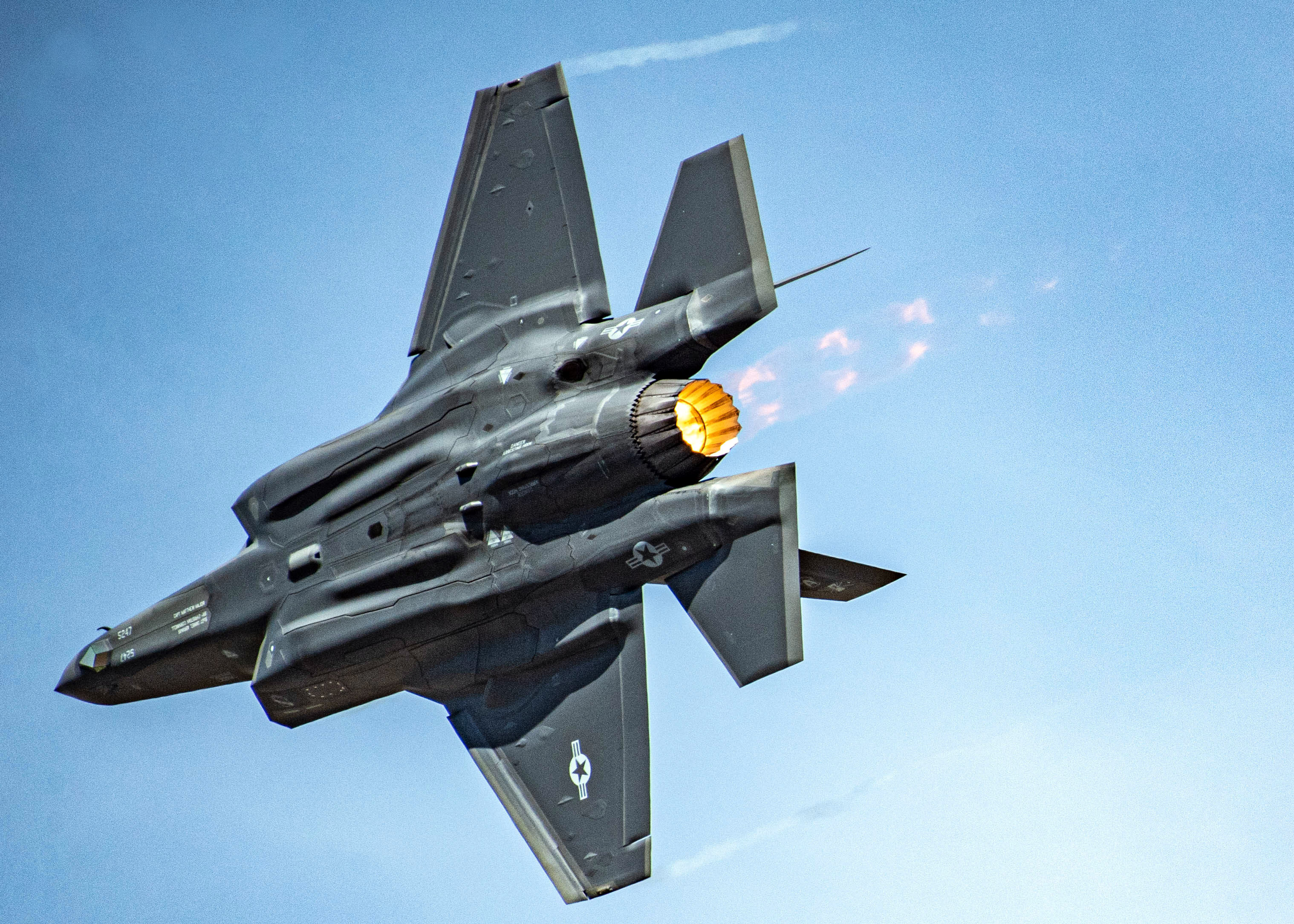
In a recent discussion on The Gaurav Arya Podcast, Air Marshal Anil Khosla, former Vice Chief of Air Staff (VCAS) of the Indian Air Force (IAF), expressed skepticism about the F-35 as a solution to strengthening the IAF’s combat fleet. He highlighted significant concerns, particularly with the supply chain dependencies of the F-35, which involve components from several countries, making it challenging to maintain and manage. Furthermore, Khosla pointed out that India would not be able to acquire the F-35 within five years due to ongoing orders from allied countries and NATO partners, who have priority access to the jet. The backlog in F-35 orders further complicates the issue for India.
The F-35’s supply chain is heavily interconnected across numerous nations, meaning that any disruption or delay in one component can lead to delays in the entire production process. This dependence on international suppliers would limit India’s ability to manage or localize the supply chain. Khosla pointed out that managing these complexities would be difficult for the IAF, as India may not have immediate access to the critical technologies or replacement parts required for quick repairs or upgrades.
Continue readingSOURCE: AFI

HAL (Hindustan Aeronautics Limited) is expected to receive at least two GE-F404 engines per month starting from November, according to a fresh commitment from General Electric. This new timeline addresses the delay in the delivery of 99 GE-F404 engines, initially set to begin in March 2024. The delay has impacted the production schedule of the first 83 Tejas Mark-1A jets, which HAL is manufacturing under a ?46,898 crore contract signed in February 2021 with the Indian Air Force (IAF).
The GE-F404 engines are critical components for the Tejas Mark-1A, India’s indigenously developed light combat aircraft. These jets are a crucial addition to the IAF’s fleet, designed to bolster air combat capability. The delay in engine supply has disrupted the original production schedule, leading to concerns about meeting the delivery timelines set for the Tejas Mark-1A project.
Continue readingSOURCE: AFI
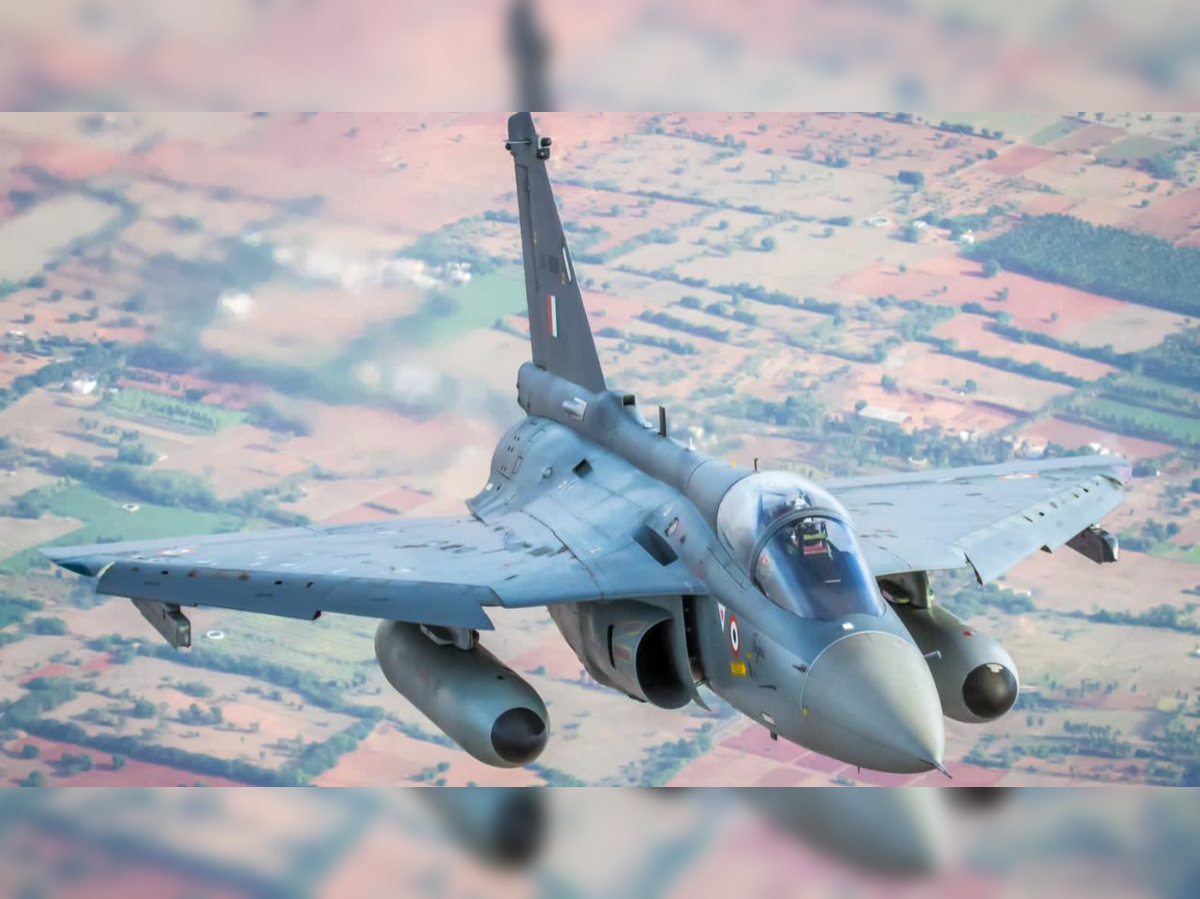
Brazil, with its fleet of over 40 F-5 and 20 AMX aircraft, is considering a strategic shift towards a two-type fighter/strike aircraft fleet in the future. Driven by cost considerations, the country is exploring alternatives to replacing its entire fleet with the Gripen E.
In a potential win-win scenario, Brazil and India could form a strategic partnership that benefits both nations. Embraer, a renowned Brazilian aerospace company, could negotiate a package to set up an C-390 assembly plant in India. This move would not only strengthen India’s aerospace industry but also provide Brazil with a cost-effective option for acquiring advanced surveillance aircraft.
Continue readingSOURCE: AFI

India’s military relationship with the United States has witnessed a significant expansion in recent years, characterized by a surge in arms transfers. According to media reports, India’s arms imports from the US have reached nearly $15 billion in just the past seven years.
This substantial increase in arms transfers reflects a strategic shift in India’s defense procurement strategy, as the country seeks to modernize its military capabilities and enhance its strategic autonomy. The US has emerged as a key supplier of advanced military equipment, meeting India’s growing demand for sophisticated weapons systems.
Continue readingSOURCE: AFI

Pullinam Aerospace Technologies Private Limited (PATPL), a Chennai-based aerospace company, has announced plans to collaborate with the MLRIT Aeronautical Department to develop a 10-seater aircraft. While specific details about the aircraft design remain undisclosed, both companies have indicated their intention to focus on a turboprop configuration.
The partnership between PATPL and MLRIT brings together industry expertise and academic knowledge, paving the way for a promising collaboration in the field of aerospace engineering. The development of a 10-seater aircraft represents a significant step towards India’s goal of becoming a major player in the global aviation industry.
Continue readingSOURCE: RAUNAK KUNDE / NEWS BEAT / IDRW.ORG

Air Marshal A.P. Singh has been appointed as the new Chief of the Air Staff (CAS) of the Indian Air Force (IAF), succeeding Air Chief Marshal Vivek Ram Chaudhari. This leadership change has sparked speculation about potential shifts in IAF priorities, particularly concerning the long-stalled Medium Range Fighter Aircraft (MRFA) procurement program.
Air Marshal Singh’s close association with the Tejas Light Combat Aircraft (LCA) program raises expectations for increased focus on this indigenous fighter jet. His prior experience as project director for flight testing of the Tejas Mk-1 at the National Flight Test Centre suggests a deep understanding of the program’s potential. This could lead to renewed efforts to expedite the Tejas’ integration into the IAF’s operational fleet.
Continue readingSOURCE: RAUNAK KUNDE / NEWS BEAT / IDRW.ORG
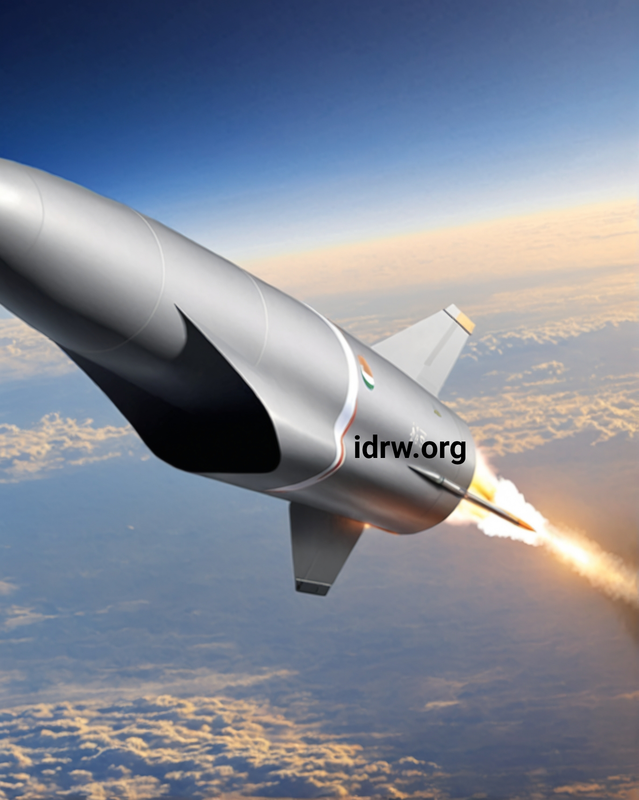
India’s Defence Research and Development Organisation (DRDO) is pushing the boundaries of missile technology with the proposed Hypersonic Missile Development Program under Project Vishnu. As part of this initiative, DRDO has set its sights on developing two long-range hypersonic missile systems. One of the most anticipated outcomes is the creation of the Hypersonic Cruise Missile (HCM), designed to revolutionize India’s strike capabilities and offer a formidable deterrent.
The Hypersonic Cruise Missile (HCM) will have a range of 1,000 km, and DRDO aims for it to enter production by the late 2020s. Unlike traditional cruise missiles, hypersonic weapons travel at speeds exceeding Mach 5, making them nearly impossible to intercept. According to recent developments, DRDO is working to outpace Russia’s 3M22 Zircon, a nuclear-capable hypersonic cruise missile, by targeting a speed beyond Mach 9 for the Indian HCM.
Continue reading